Home>Articles>How Long Does It Take For A Ryobi Battery To Charge
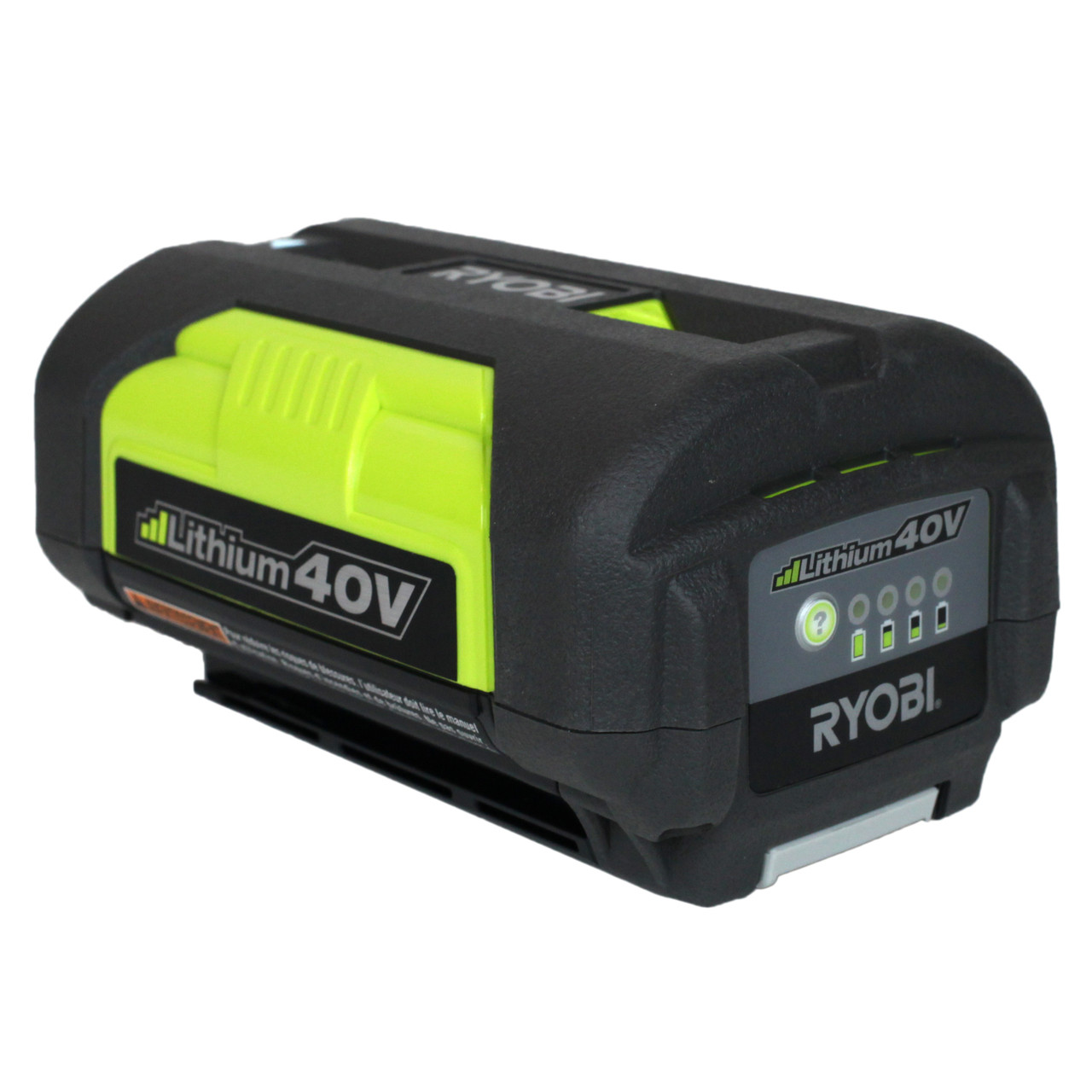

Articles
How Long Does It Take For A Ryobi Battery To Charge
Modified: March 1, 2024
Learn how long it takes to charge a Ryobi battery with our informative articles. Discover the best charging methods and maximize your battery's life.
(Many of the links in this article redirect to a specific reviewed product. Your purchase of these products through affiliate links helps to generate commission for Storables.com, at no extra cost. Learn more)
Introduction
Ryobi batteries play a crucial role in powering a wide range of tools and equipment, making them an essential component for any DIY enthusiast or professional tradesperson. Whether you’re using a cordless drill, a leaf blower, or a string trimmer, having a fully charged battery is essential for uninterrupted workflow and optimal performance.
One common question that arises when it comes to Ryobi batteries is how long it takes to charge them. The charging time can vary depending on several factors, including the type of battery, its capacity, the charging method used, and the charger’s specifications. Understanding these factors is essential for efficiently managing your time and ensuring that your Ryobi batteries are always ready to go.
In this article, we will dive deeper into the world of Ryobi batteries and explore the factors that influence their charging time. We will also provide useful tips to help you charge your Ryobi batteries faster, allowing you to spend more time on your projects and less time waiting for your batteries to charge.
Key Takeaways:
- Understanding the factors affecting Ryobi battery charging time, such as capacity, charging method, and temperature, can help you estimate and manage charging durations more effectively for uninterrupted workflow.
- Implementing tips like investing in a fast charger, using higher-capacity batteries, and maintaining clean contacts can significantly reduce Ryobi battery charging time while prioritizing safety and longevity.
Understanding Ryobi batteries
Before we delve into the details of charging Ryobi batteries, it’s important to have a basic understanding of the batteries themselves. Ryobi batteries are generally classified as lithium-ion (Li-ion) batteries, which are known for their high energy density and long-lasting performance. These batteries are lightweight, compact, and have a high power output, making them ideal for powering cordless tools and equipment.
Ryobi offers a range of battery options, including 18-volt and 40-volt batteries, with varying capacities such as 2.0Ah, 4.0Ah, and 6.0Ah. The capacity of a battery refers to its energy storage capability and directly affects its runtime. Higher capacity batteries can power tools for a longer duration before requiring recharging.
Ryobi batteries feature intelligent battery management systems that ensure optimal performance and protect against overheating, overcharging, and deep discharge. These systems help to extend the lifespan of the batteries and maximize their efficiency.
It’s worth noting that different Ryobi tools are compatible with specific voltage batteries. Therefore, it’s essential to ensure that you’re using the correct battery voltage for your tool to prevent any damage or performance issues.
Ryobi also offers a variety of chargers that are designed to charge their batteries efficiently. It’s recommended to use Ryobi chargers specifically designed for their batteries to ensure proper charging and avoid any compatibility issues.
Having a good understanding of the different battery options and their specifications will help you make informed choices when purchasing and charging Ryobi batteries.
Factors affecting charging time
Several factors come into play when determining how long it takes to charge Ryobi batteries. Understanding these factors will help you manage your charging time effectively and optimize the performance of your batteries.
1. Battery capacity: The capacity of the battery directly affects its charging time. Generally, higher capacity batteries will take longer to charge compared to lower capacity ones. For example, a 6.0Ah battery will typically take longer to charge than a 2.0Ah battery.
2. Charging method: Ryobi batteries can be charged using different methods, such as standard charging (slow charge) and fast charging. Fast charging usually requires a specialized fast charger, which can significantly reduce the charging time. However, it’s important to note that fast charging may generate more heat and can potentially reduce the overall lifespan of the battery if used excessively.
3. Charger specifications: The charger you use plays a crucial role in determining the charging time. Ryobi offers different chargers with varying charging speeds. Higher-powered chargers will typically charge the batteries faster, but it’s important to ensure that the charger is compatible with the battery and has the necessary safety features.
4. Temperature conditions: Ambient temperature can impact the charging time of Ryobi batteries. Extreme cold or hot temperatures can slow down the charging process, affecting the overall charging time. It’s best to charge the batteries in moderate temperature conditions for optimal performance.
5. Battery health and condition: The overall health and condition of the battery can influence the charging time. Batteries in good condition with proper maintenance are likely to charge more efficiently compared to batteries that are old or damaged.
It’s important to consider these factors when estimating the charging time for your Ryobi batteries. While the manufacturer’s guidelines and specifications provide a general idea, it’s always best to monitor the charging process and ensure that the batteries are not left unattended while charging.
The charging time for a Ryobi battery can vary depending on the model and capacity. Generally, it takes around 30 minutes to 1 hour to fully charge a Ryobi 18V battery using a standard charger. Always refer to the specific battery and charger manual for accurate charging times.
Charging Ryobi batteries
Charging Ryobi batteries is a straightforward process that can be done using the following steps:
- Ensure that the battery is compatible with the tool you are using. Using the correct voltage and capacity battery is crucial for optimal performance.
- Connect the battery to the charger. Ensure that both the battery and charger are clean and free from any dirt or debris that may affect the charging process.
- Plug the charger into a power source. Make sure that the power source is grounded and meets the electrical requirements of the charger.
- Once connected, the charger will typically display an indicator light to indicate that the charging process has started.
- Leave the battery to charge for the recommended duration. The charging time will depend on the factors mentioned earlier, such as battery capacity and charger specifications.
- Monitor the charging process. While it is generally safe to leave the battery charging unattended, it’s a good practice to periodically check the battery and charger to ensure that everything is functioning correctly. If you notice any unusual behavior, such as excessive heat or a blinking indicator light, stop the charging process and consult the manufacturer’s guidelines.
- Once the battery is fully charged, the charger will typically indicate it with a solid light or a specific signal. Disconnect the battery from the charger and remove it from the power source.
It’s important to note that Ryobi batteries have built-in safety features that prevent overcharging. Therefore, it is generally safe to leave the battery connected to the charger even after it has reached full charge. However, it’s always a good idea to unplug the charger from the power source once the charging process is complete for energy conservation and to prevent any unforeseen incidents.
Remember to handle and store the charged batteries properly, following the manufacturer’s guidelines. This will ensure the longevity and performance of your Ryobi batteries.
Tips for faster charging
If you’re looking to minimize the charging time for your Ryobi batteries, here are some useful tips to help you charge them faster:
- Invest in a fast charger: Consider purchasing a fast charger specifically designed for Ryobi batteries. These chargers are designed to deliver higher charging currents, reducing the overall charging time. However, make sure that the fast charger is compatible with your battery model and voltage.
- Use a higher-capacity battery: Opting for a higher-capacity battery, such as a 6.0Ah battery instead of a 2.0Ah battery, can reduce the frequency of charging. This means you’ll spend less time overall waiting for batteries to charge.
- Clean the battery and contacts: Ensure that both the battery and charger contacts are clean and free from any dirt, dust, or corrosion. Dirty or corroded contacts can hinder the charging process and slow down the charging time.
- Charge at optimal temperature conditions: Charge your batteries in moderate temperature conditions. Extreme cold or hot temperatures can extend the charging time and affect overall battery performance. If necessary, bring the batteries inside to a temperature-controlled environment for charging.
- Avoid deep discharging: Try to avoid completely discharging your batteries before recharging them. Regularly topping up partially discharged batteries can help maintain their overall capacity and reduce the time needed for a full charge.
- Do not interrupt the charging process: Once you have connected the battery to the charger, avoid unplugging or interrupting the charging process unless necessary. Frequent interruptions can lead to slower charging times and potentially affect the battery’s overall health and performance.
- Keep spare batteries: If you frequently rely on your Ryobi tools, consider investing in spare batteries. This way, you can have backup batteries on hand, eliminating the need to wait for a battery to fully recharge before continuing your work.
By following these tips, you can significantly reduce the charging time for your Ryobi batteries and improve efficiency in your projects. However, it’s important to strike a balance between faster charging and ensuring the longevity and health of your batteries. Avoid excessive use of fast charging methods and always prioritize safety and battery care to maximize the lifespan of your Ryobi batteries.
Conclusion
Understanding the charging process of Ryobi batteries is crucial for efficient use and optimal performance. By considering factors such as battery capacity, charging method, charger specifications, temperature conditions, and battery health, you can estimate the charging time and plan your projects accordingly.
Charging Ryobi batteries is a straightforward process, but it’s important to follow the manufacturer’s guidelines and ensure proper handling and storage. Investing in a fast charger, using higher-capacity batteries, and maintaining clean contacts can help reduce the overall charging time. Additionally, avoiding deep discharging and charging at optimal temperature conditions can also contribute to faster charging.
Remember to prioritize safety and battery care to maximize the lifespan of your Ryobi batteries. While faster charging is desirable, it’s essential to strike a balance and avoid excessive use of fast charging methods that may compromise the longevity and overall health of the batteries.
By applying these tips and understanding the factors affecting charging time, you can ensure that your Ryobi batteries are always ready to power your tools and equipment, allowing you to complete your projects efficiently and effectively.
So, go ahead and make the most out of your Ryobi batteries by charging them effectively and enjoy uninterrupted DIY projects or professional work!
Frequently Asked Questions about How Long Does It Take For A Ryobi Battery To Charge
Was this page helpful?
At Storables.com, we guarantee accurate and reliable information. Our content, validated by Expert Board Contributors, is crafted following stringent Editorial Policies. We're committed to providing you with well-researched, expert-backed insights for all your informational needs.
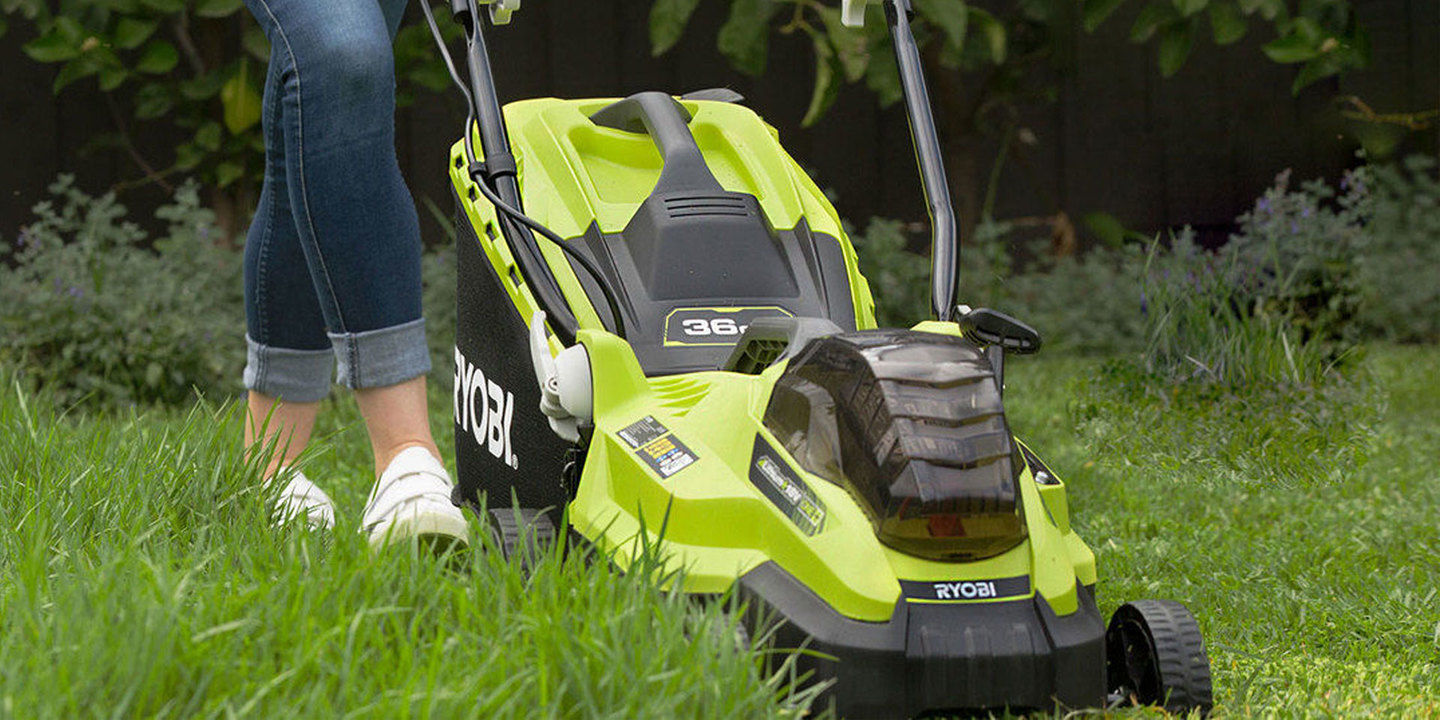
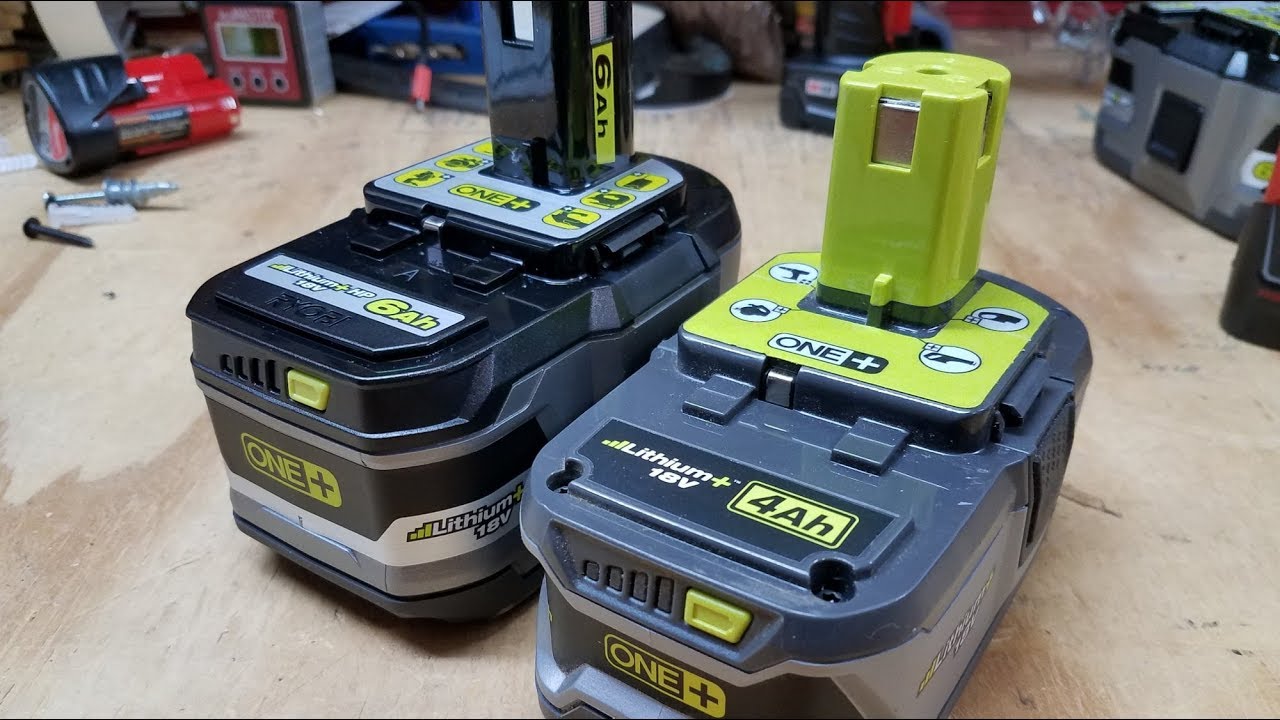
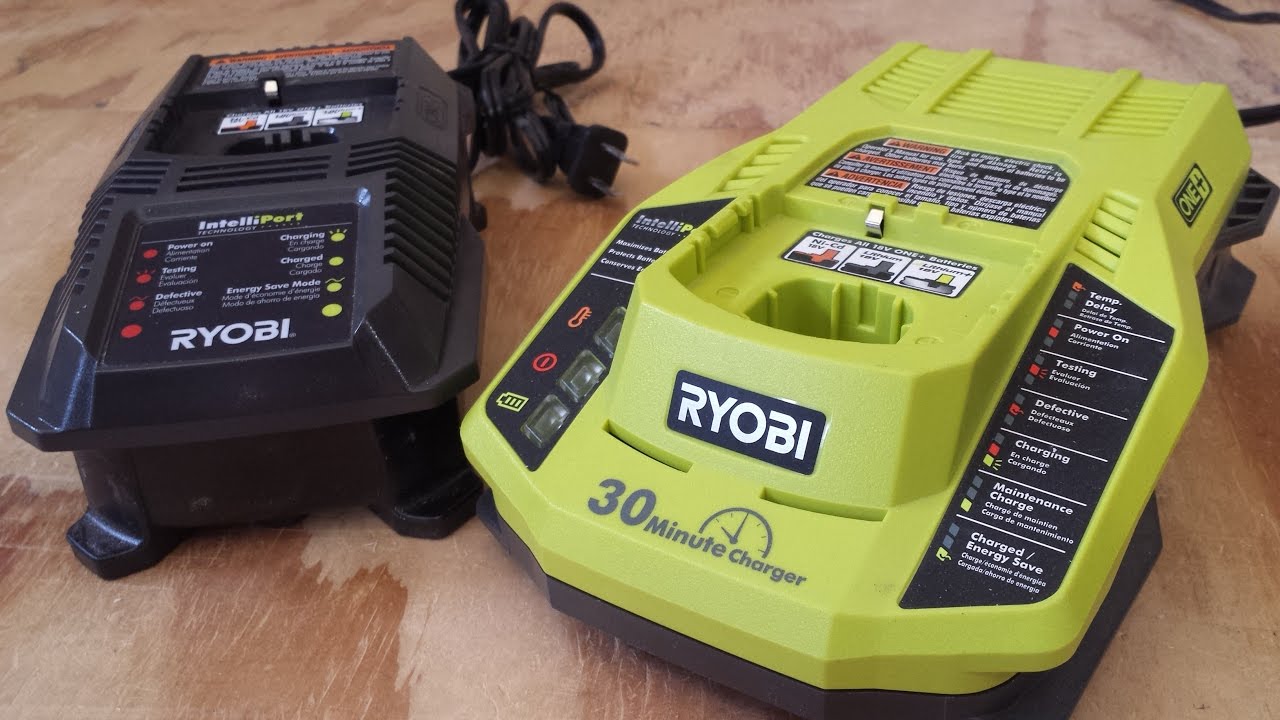
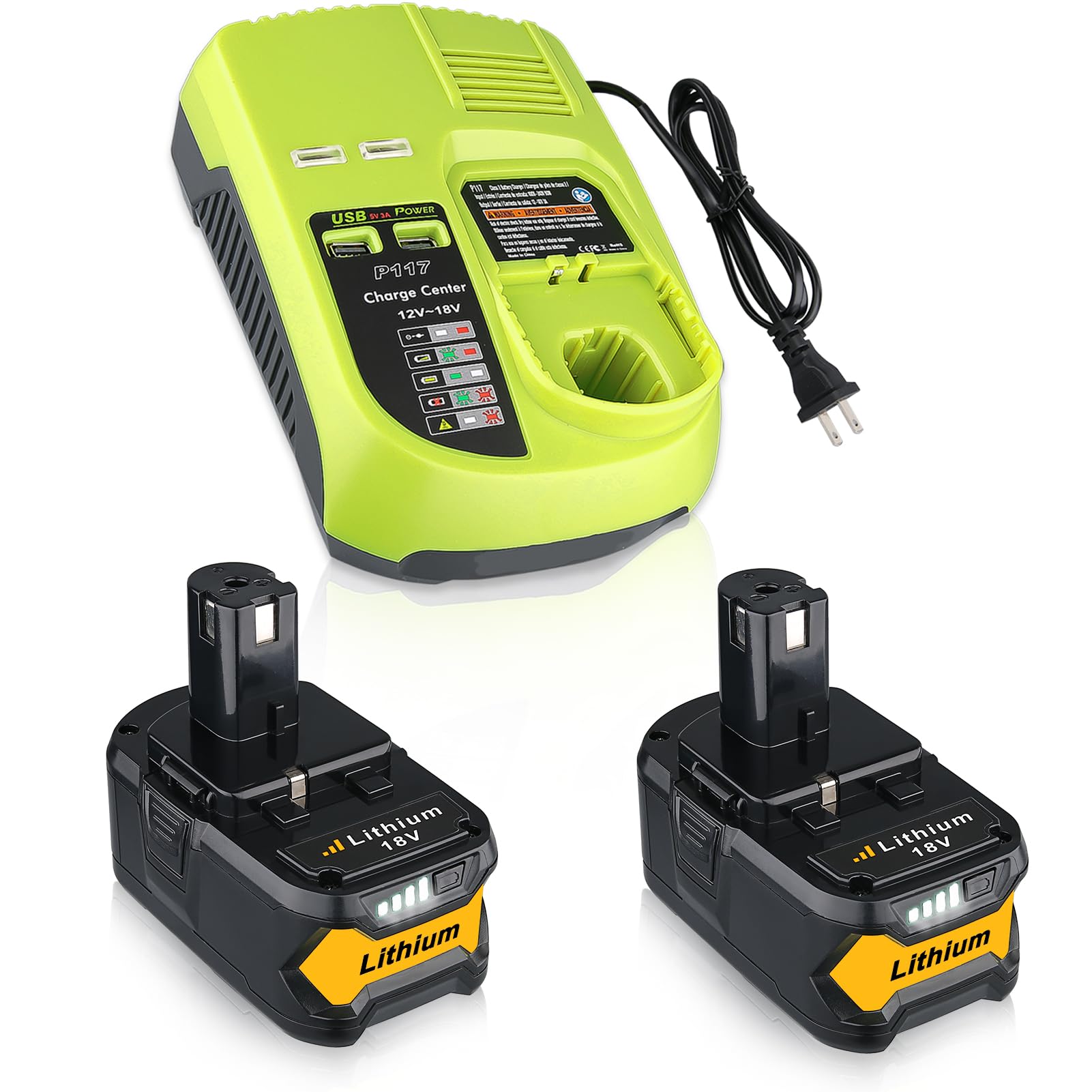
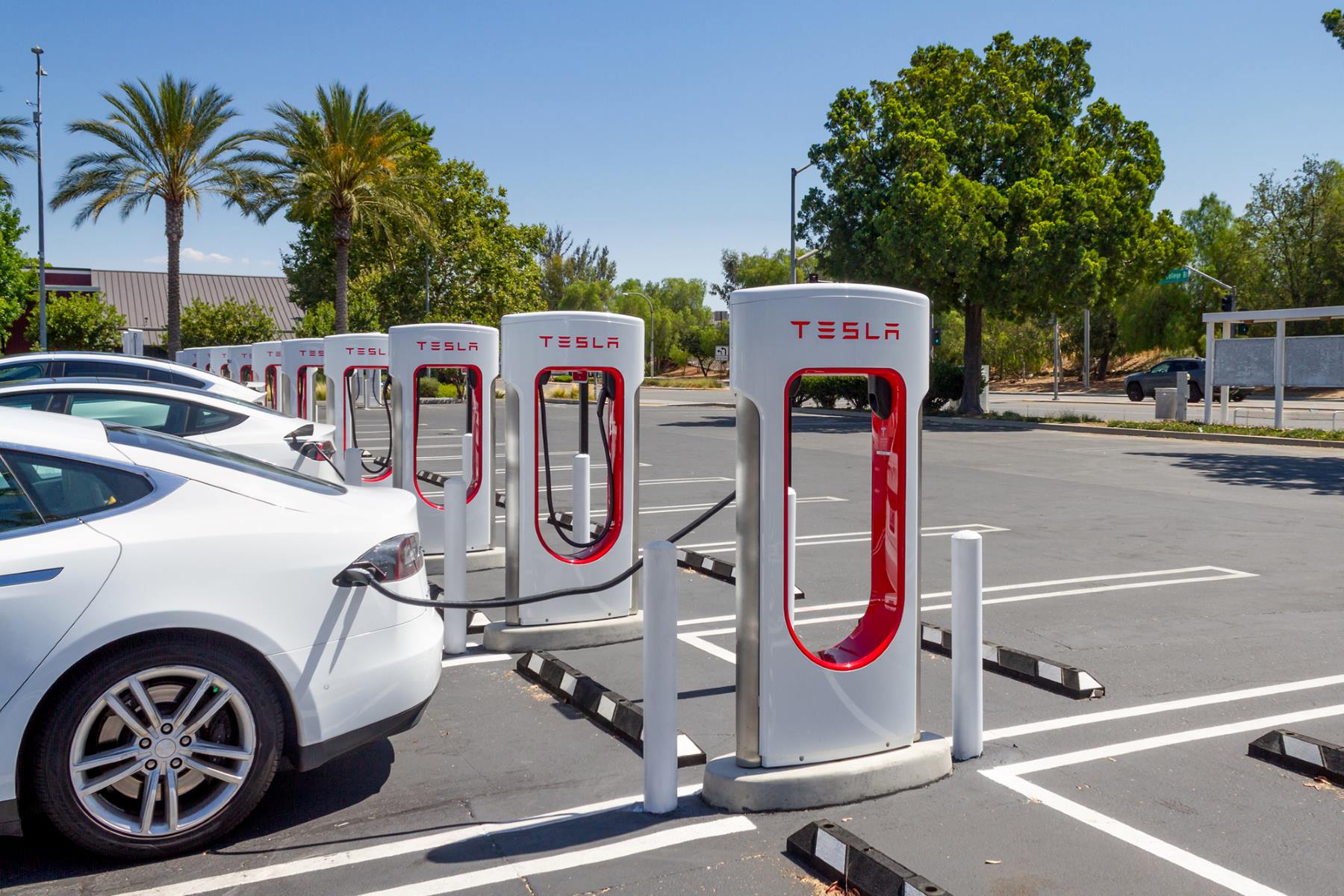
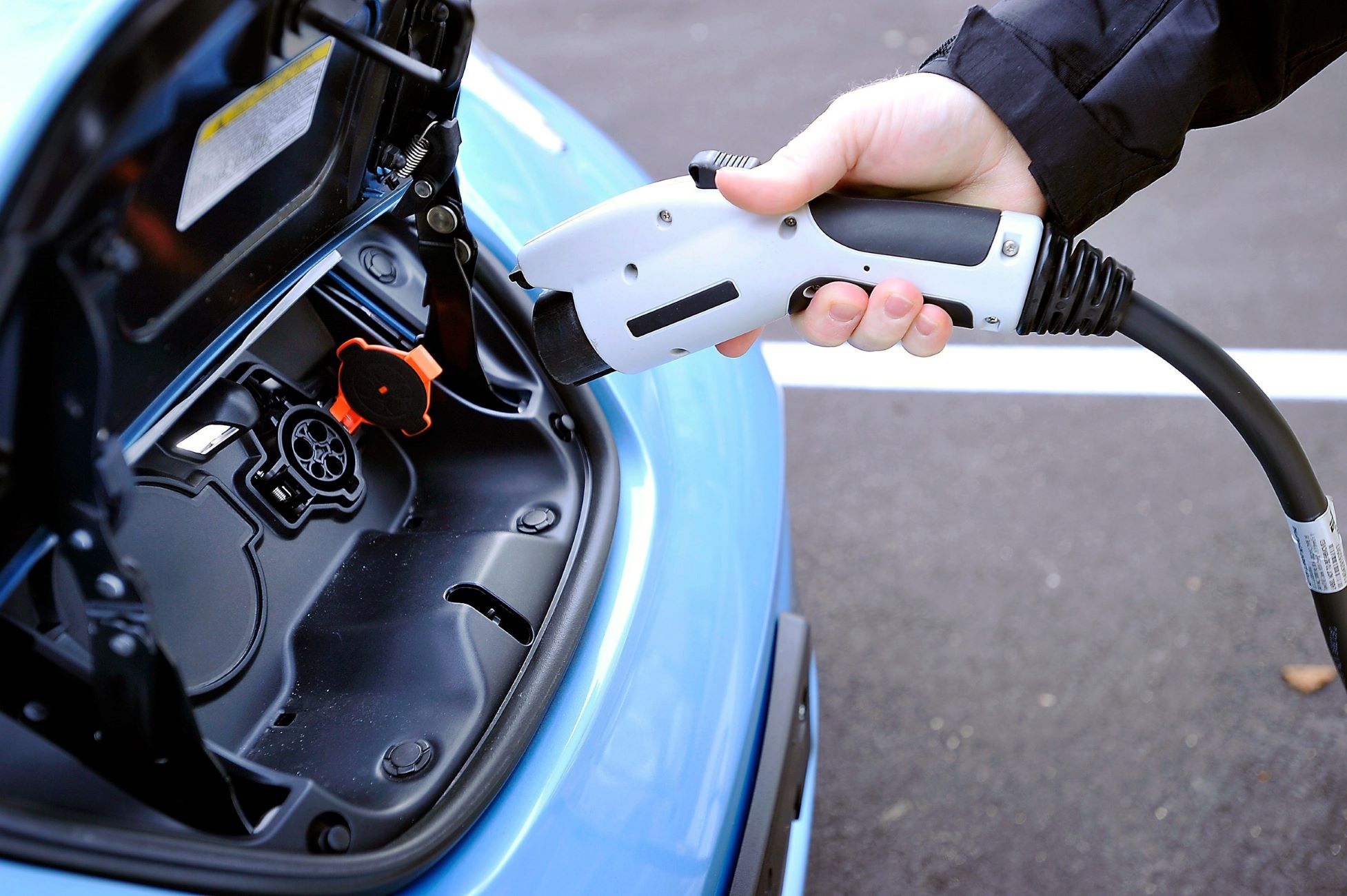
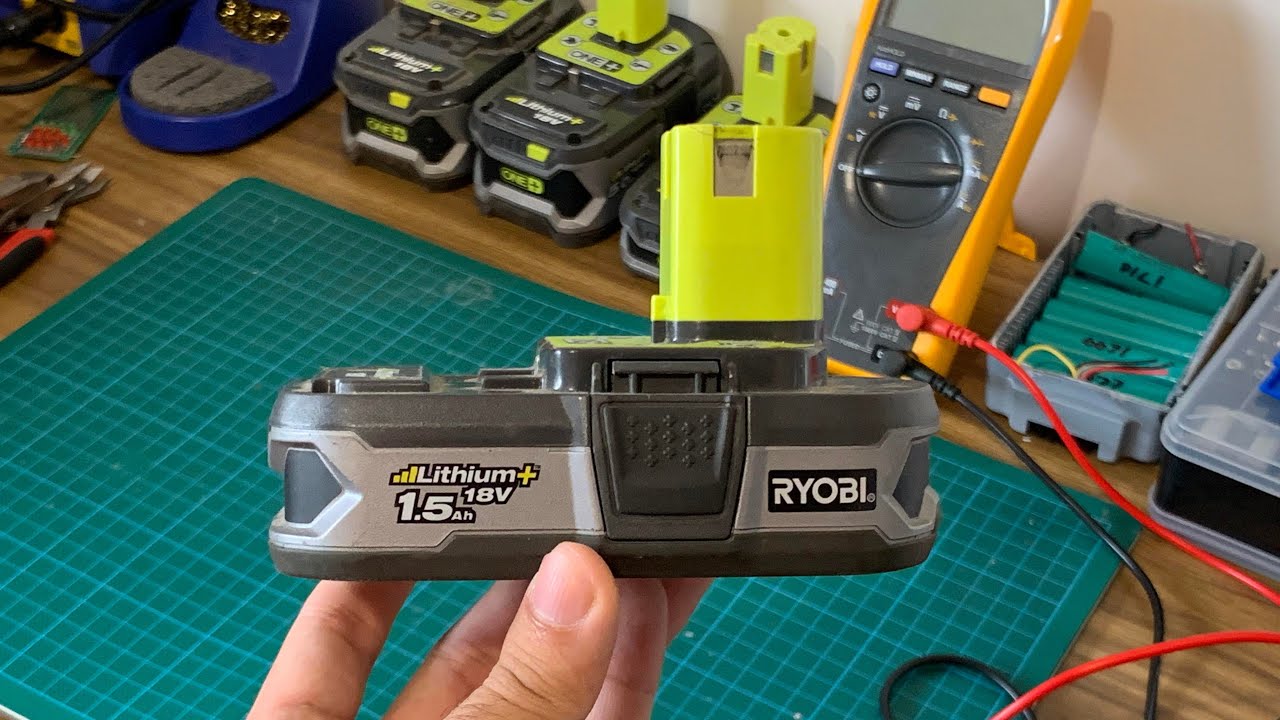
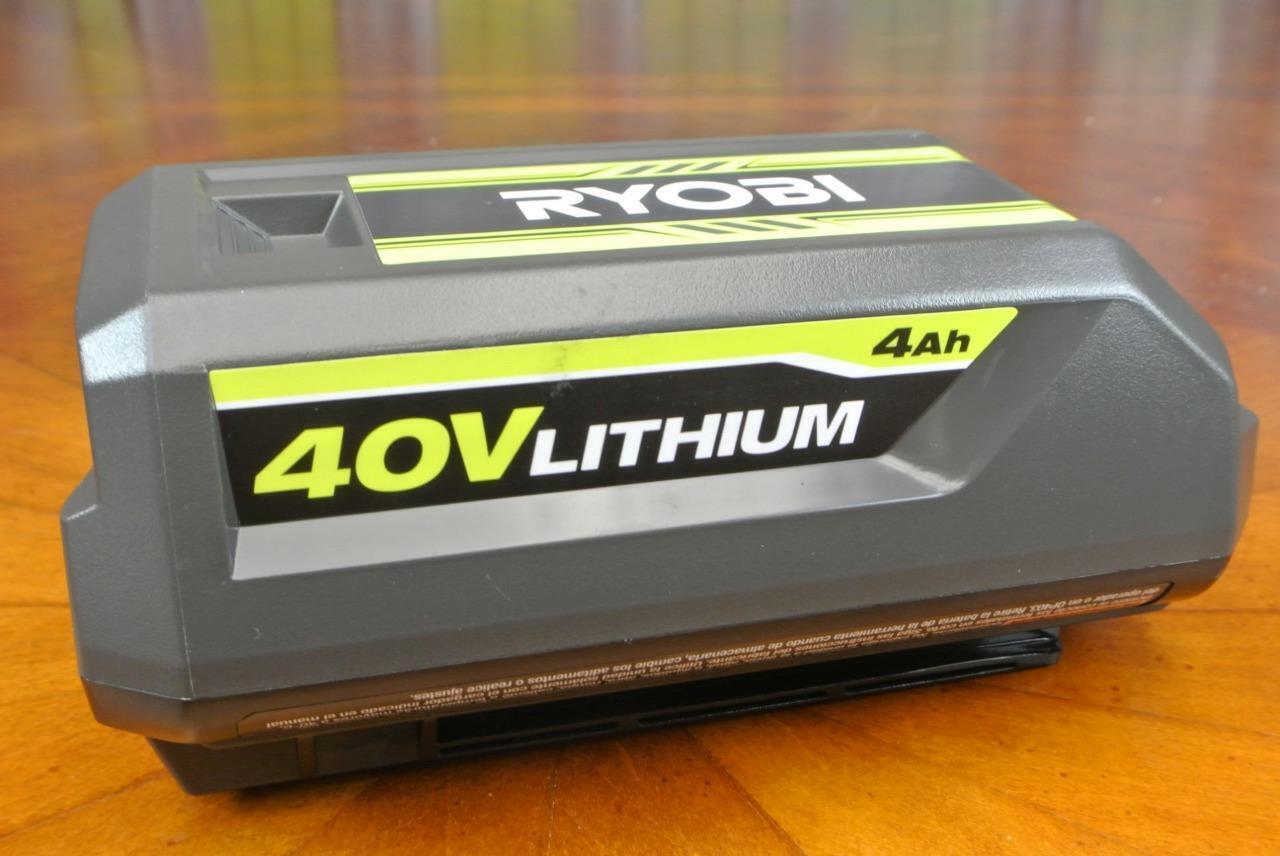
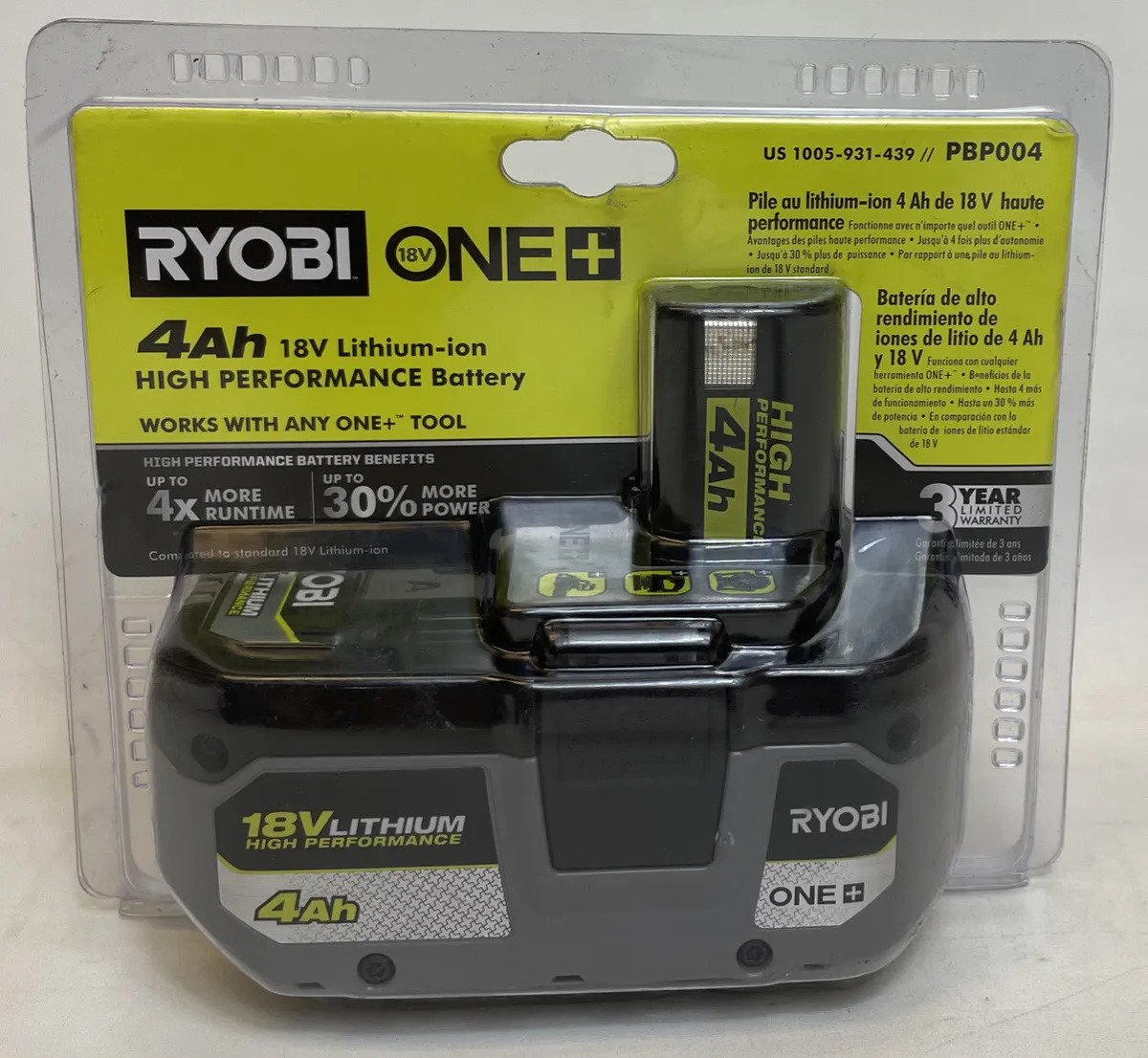
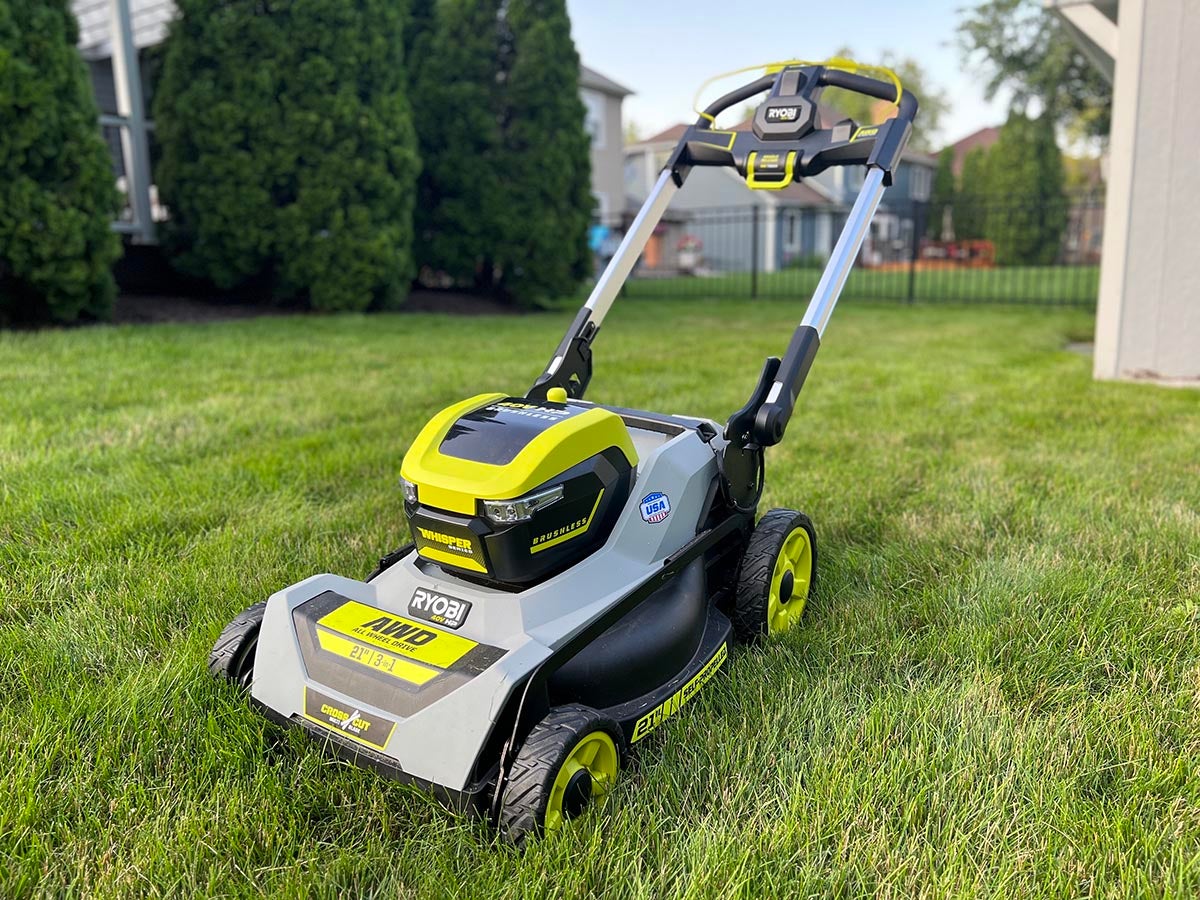
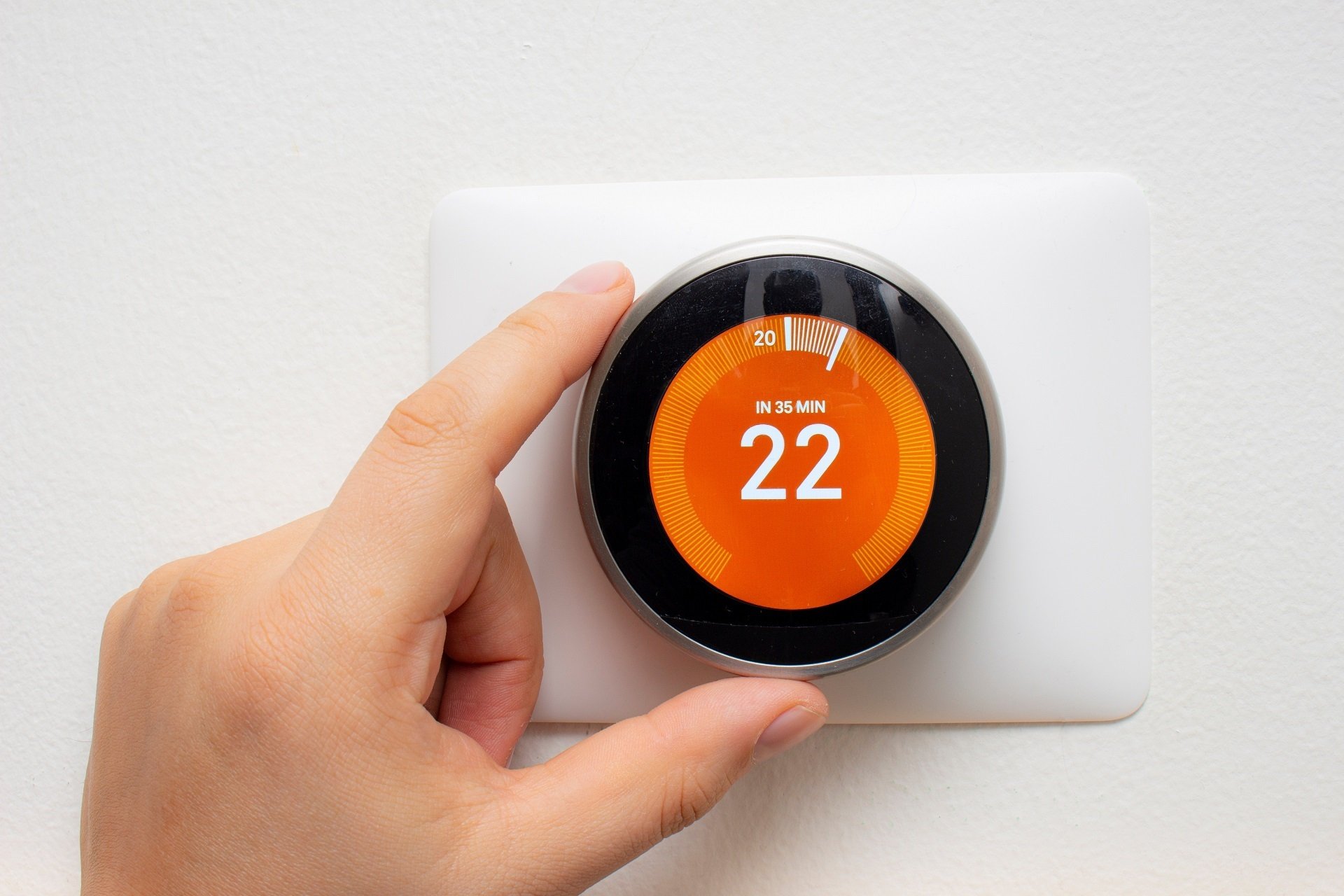
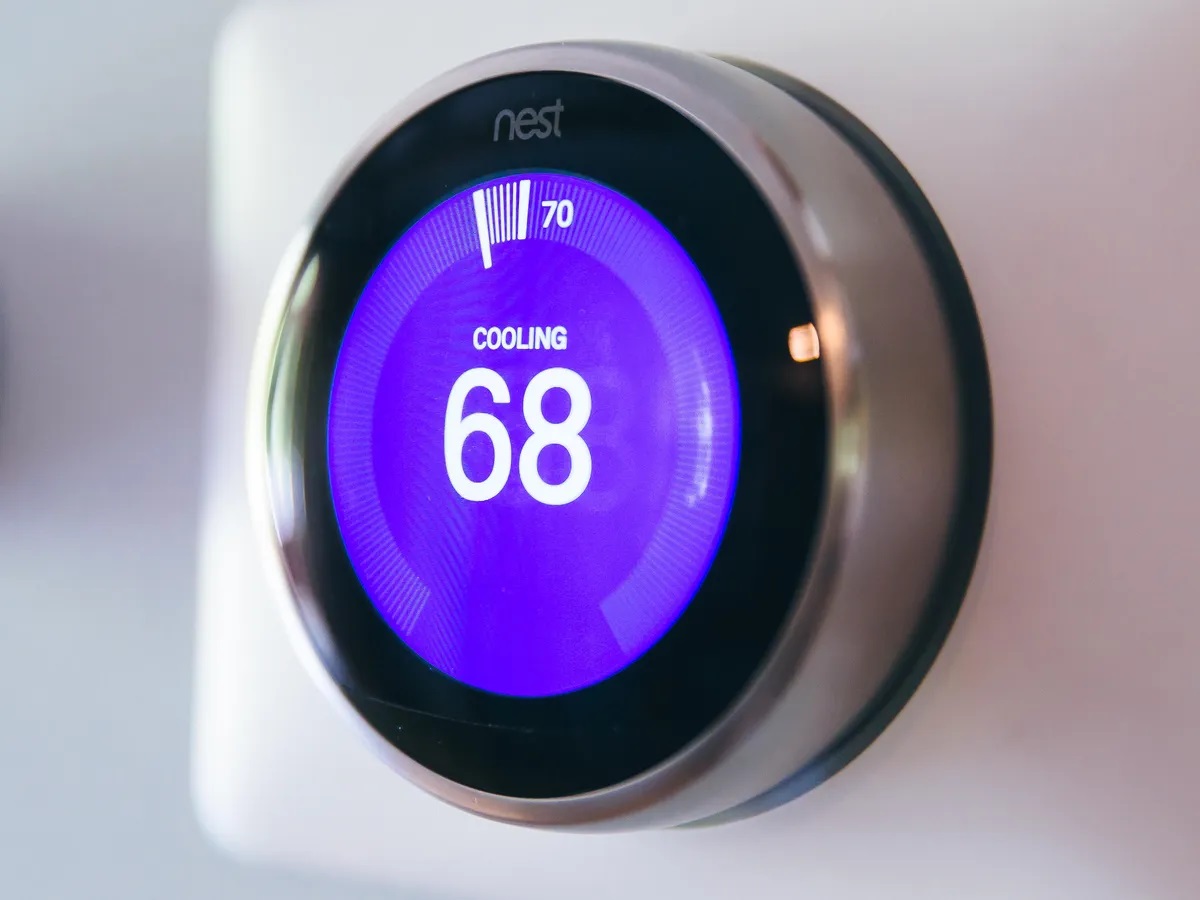
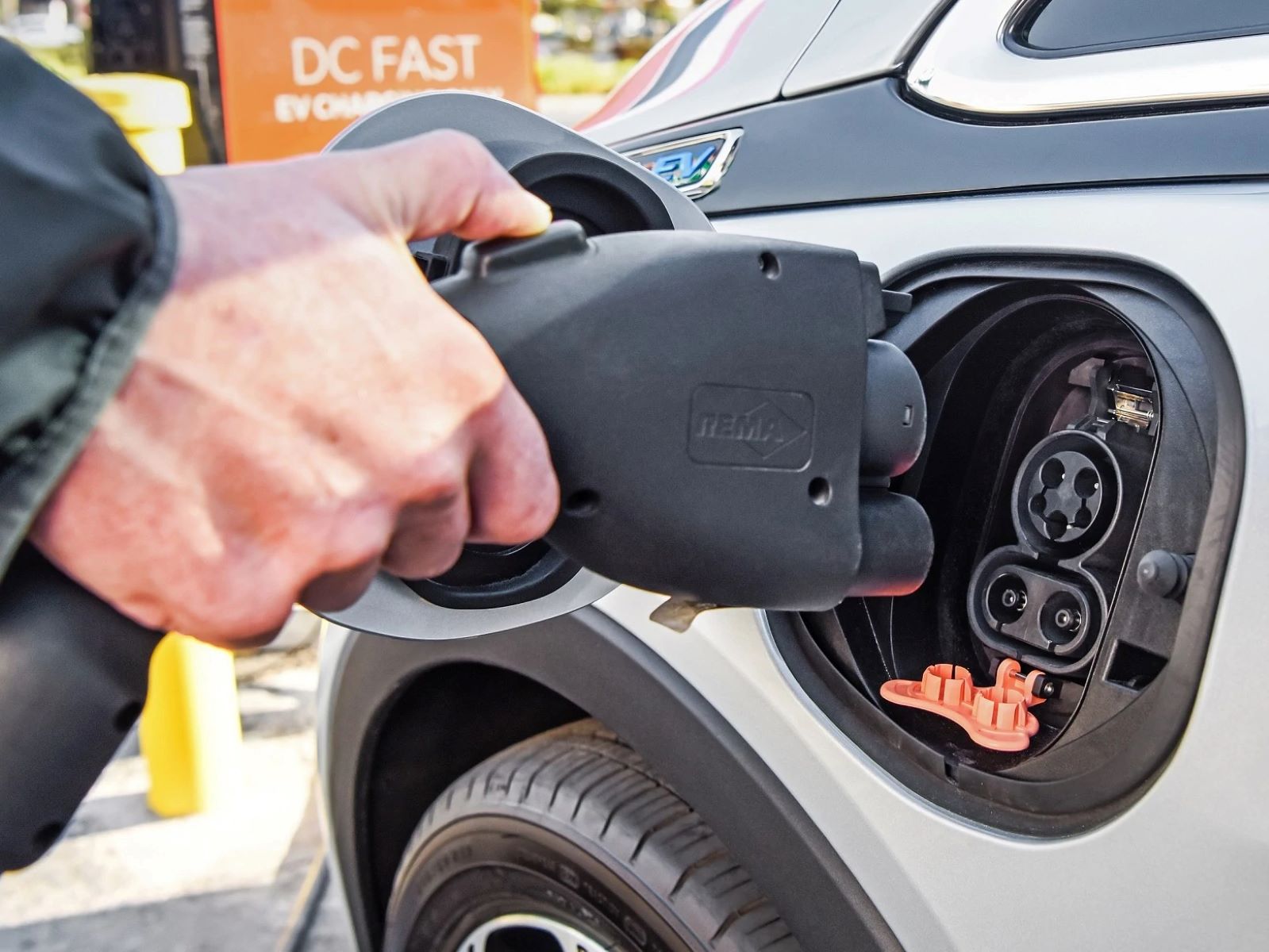
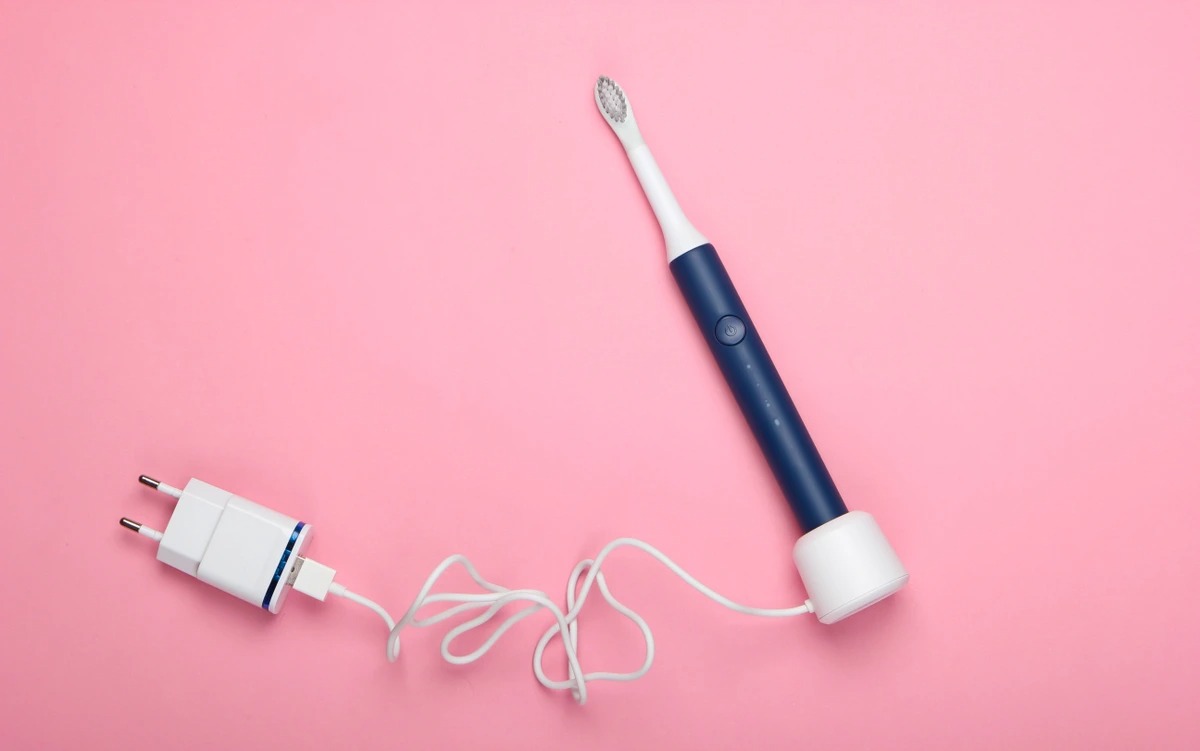

0 thoughts on “How Long Does It Take For A Ryobi Battery To Charge”